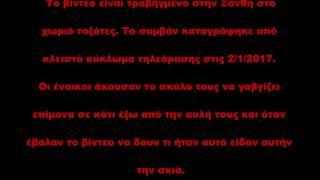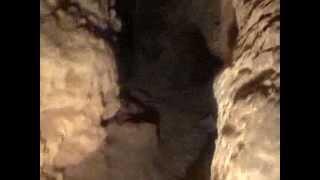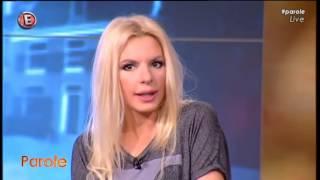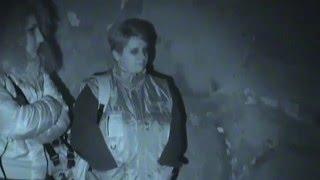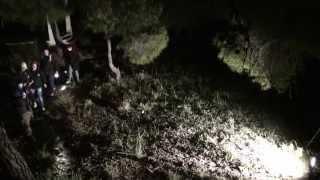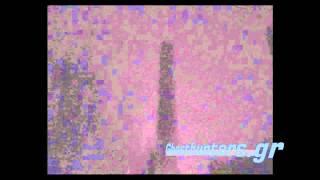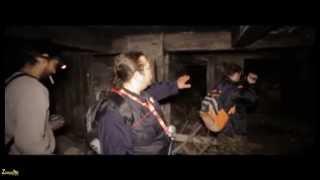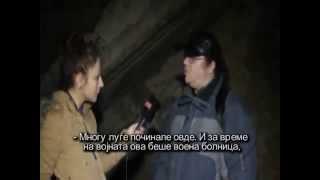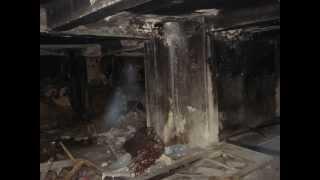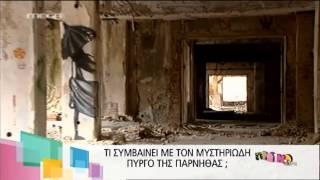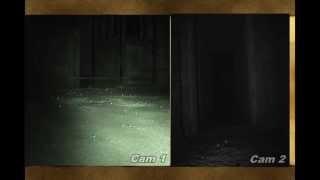A legendary, mythical, and mythological creature, also called a fabulous beast and fabulous creature, is a supernatural animal, often a hybrid, sometimes part human, whose existence has not or cannot be proved and that is described in folklore but also in historical accounts before history became a science.
In the classical era, monstrous creatures such as the cyclops and the Minotaur appear in heroic tales for the protagonist to destroy. Other creatures, such as the unicorn, were claimed in accounts of natural history by various scholars of antiquity.[1][2][3] Some legendary creatures have their origin in traditional mythology and were believed to be real creatures, for example dragons, griffins, and unicorns. Others were based on real encounters, originating in garbled accounts of travelers' tales, such as the Vegetable Lamb of Tartary, which supposedly grew tethered to the earth.[4]
Medieval bestiaries included mythical animals like the monoceros (above) alongside real animals like the bear.
A variety of mythical animals appear in the art and stories of the Classical era. For example, in the Odyssey, monstrous creatures include the Cyclops, Scylla and Charybdis for the hero Odysseus to confront. In other tales there appear the Medusa to be defeated by Perseus, the (human/bull) Minotaur to be destroyed by Theseus, and the Hydra to be killed by Heracles, while Aeneas battles with the harpies. These monsters thus have the basic function of emphasizing the greatness of the heroes involved.[5][6][7]
Some classical era creatures, such as the (horse/human) centaur, chimaera, Triton and the flying horse, are found also in Indian art. Similarly, sphinxes appear as winged lions in Indian art and the Piasa Bird of North America.[8][9]
In medieval art, animals, both real and mythical, played important roles. These included decorative forms as in medieval jewellery, sometimes with their limbs intricately interlaced. Animal forms were used to add humor or majesty to objects. In Christian art, animals carried symbolic meanings, where for example the lamb symbolized Christ, a dove indicated the Holy Spirit, and the classical griffin represented a guardian of the dead. Medieval bestiaries included animals regardless of biological reality; the basilisk represented the devil, while the manticore symbolised temptation.[10]
In the classical era, monstrous creatures such as the cyclops and the Minotaur appear in heroic tales for the protagonist to destroy. Other creatures, such as the unicorn, were claimed in accounts of natural history by various scholars of antiquity.[1][2][3] Some legendary creatures have their origin in traditional mythology and were believed to be real creatures, for example dragons, griffins, and unicorns. Others were based on real encounters, originating in garbled accounts of travelers' tales, such as the Vegetable Lamb of Tartary, which supposedly grew tethered to the earth.[4]
Medieval bestiaries included mythical animals like the monoceros (above) alongside real animals like the bear.
A variety of mythical animals appear in the art and stories of the Classical era. For example, in the Odyssey, monstrous creatures include the Cyclops, Scylla and Charybdis for the hero Odysseus to confront. In other tales there appear the Medusa to be defeated by Perseus, the (human/bull) Minotaur to be destroyed by Theseus, and the Hydra to be killed by Heracles, while Aeneas battles with the harpies. These monsters thus have the basic function of emphasizing the greatness of the heroes involved.[5][6][7]
Some classical era creatures, such as the (horse/human) centaur, chimaera, Triton and the flying horse, are found also in Indian art. Similarly, sphinxes appear as winged lions in Indian art and the Piasa Bird of North America.[8][9]
In medieval art, animals, both real and mythical, played important roles. These included decorative forms as in medieval jewellery, sometimes with their limbs intricately interlaced. Animal forms were used to add humor or majesty to objects. In Christian art, animals carried symbolic meanings, where for example the lamb symbolized Christ, a dove indicated the Holy Spirit, and the classical griffin represented a guardian of the dead. Medieval bestiaries included animals regardless of biological reality; the basilisk represented the devil, while the manticore symbolised temptation.[10]
Sign in or sign up to post comments.
Be the first to comment



